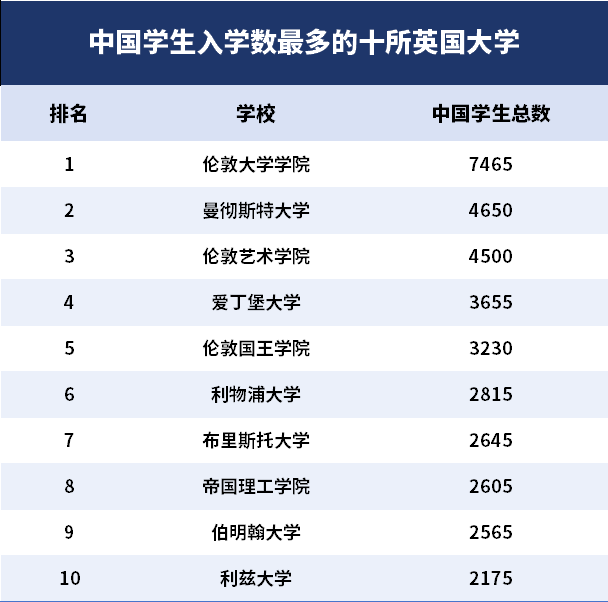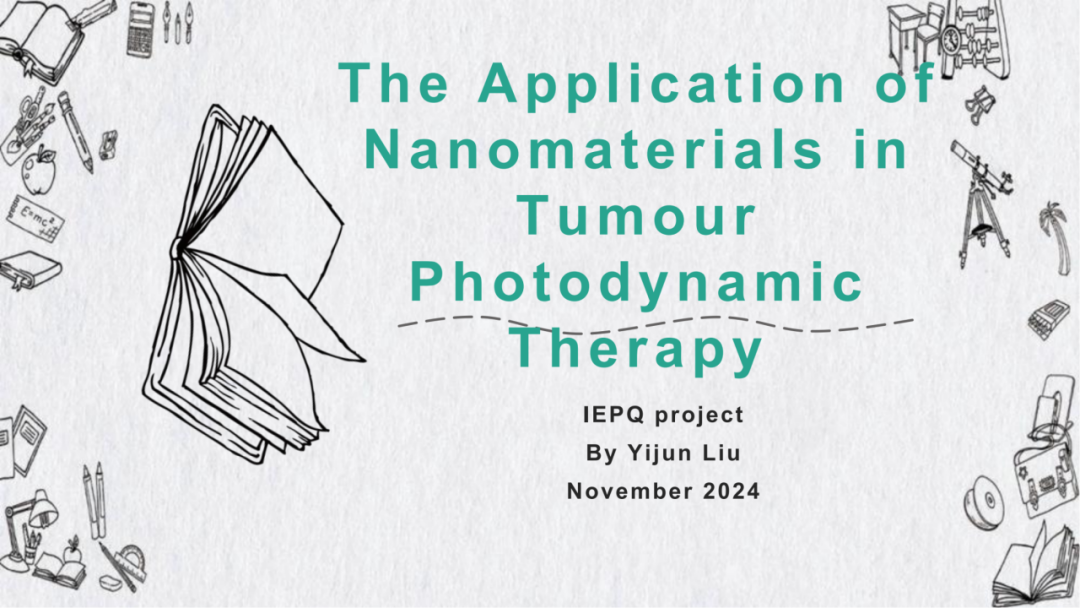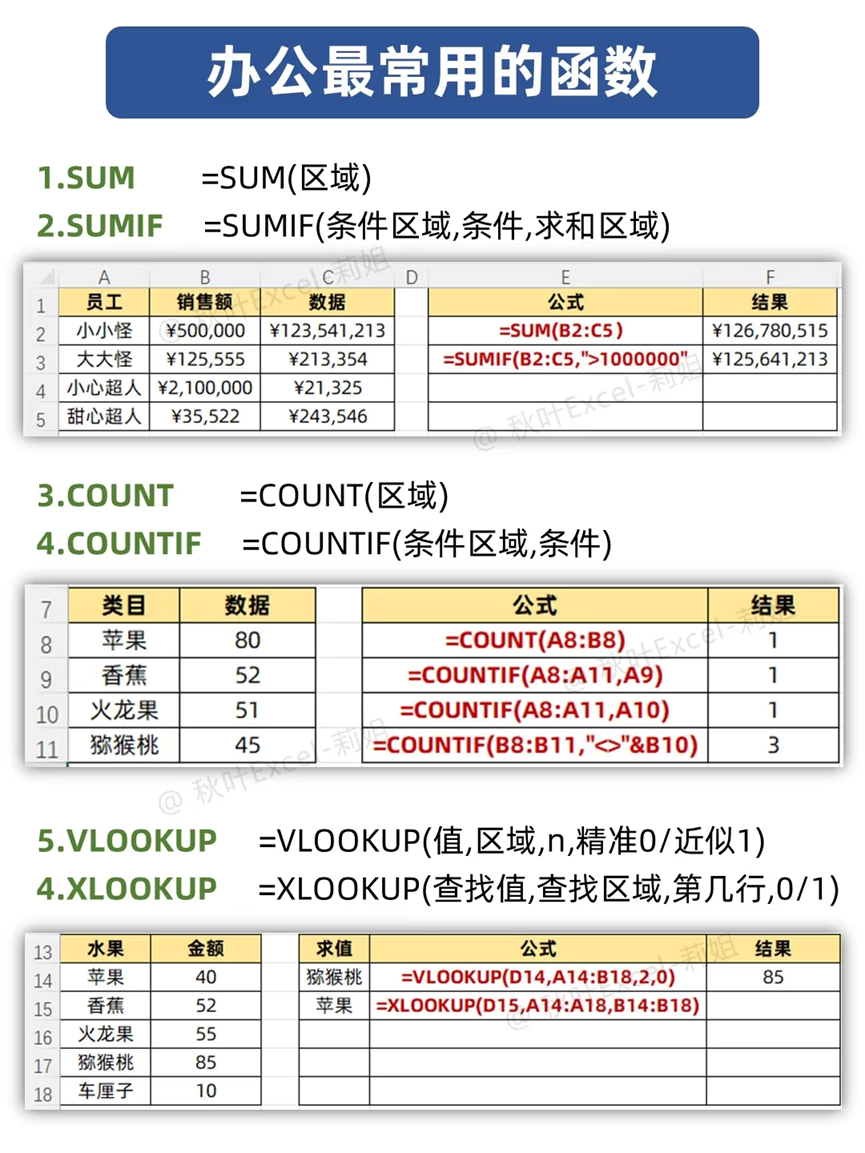刚开始学心理学,不知道评分标准?马上要考试了,却还不明白怎么写?不要慌!今天就由7分老师来手把手带大家分析如何写好IB心理的ERQ~
本文会为大家详细介绍ERQ的评分标准以及Command terms 最后还会附上来自7分小tips希望大家都可以拿7777分~
目 录
ERQ Rubric
A. Focus on the Question
B. Knowledge and Understanding
C. Use of Research to Support Answer
D. Critical Thinking
E. Clarity and Organization
Command terms
A. Discuss
B. Evaluate
C. To what extend
D. Contrast
1、ERQ Rubric
如何在有限的时间内写出一篇好的论文,一直都是心理学学生要面临的最大挑战。但是当我们了解了评分标准之后,你可能会发现“好像并没有想象中的那么难?!”
想知道具体的内容就接着往下看吧!
A:Focus on the Question (2)
| Mark | Level Descriptor |
| 0 | Does not reach the standard described by the descriptors below |
| 1 | Identifies the problem/issue raised in the question. |
| 2 | Explains the problem/issue raised in the question. |
IB所提出的每一个问题的背后都藏着对心理学的探究。为了能够让IB认为你真正理解了这个问题(并拿下这两分),很重要的一点就是能够辨认出问题中所隐藏的问题。
换言之,就是要去分解题目(break down the question)。 但是仅仅只是分解题目的话只能拿到1分,所以你所需要做的就是解释为什么这个问题很重要。
Identifies和Explains的主要区别就在于前者想让你从各种可能性中提供一个答案,而后者想让你在这基础上说明理由或/和原因。
举例:Discuss one evolutionary explanation for one example of human behaviour.
能够获得一分的回答是:
Evolution can explain the mating behaviour in humans.
能够获得二分的回答是:
To ensure their children have a better chance of survival and becoming successful, humans’ mating choices evolved to find stronger survival traits more attractive.
看看,只要多加一句话就能让IB送你两分! 所以一定要记得在introduction就把你对于这个问题的理解写出来,不然这两分就跟你say bye-bye了。
B:Knowledge and Understanding (6)
| Mark | Level Descriptor |
| 0 | Does not reach the standard described by the descriptors below. |
| 1-2 | The response demonstrates limited relevant knowledge and understandingPsychological terminology is used but with errors that hamper understanding. |
| 3-4 | The response demonstrates relevant knowledge and understanding but lacks detail.Psychological terminology is used but with errors that do not hamper understanding. |
| 5-6 | The response demonstrates relevant, detailed knowledge and understanding.Psychological terminology is used appropriately. |
如果说Criteria A是introduction的话,那Criteria B就相当于回答这个问题所需要的背景知识。
对于需要大量脑容量来储存心理学知识的学生们来说,很多时候可能并不会100%记住所有的知识细节。
如果考试的时候脑袋卡壳了,突然写错了作者的名字或者某个agonist/antagonist的名字和功效,那么恭(hen)喜(bu)你(xing),你的Criteria B会被扣分!
想要在这个criteria拿高分的重中之重就是你要把跟题目相关的知识准确并细节地写出来(只能踏踏实实地背书了orz)。
正如Criteria分为 “Knowledge”和 “understanding”一样,在写的时候要以knowledge + 这个knowledge对于题目的understanding的逻辑写出来。一般长度在1~2个paragraph。
举例:To what extent could one neurotransmitter affect behaviour?
答案则需要包含:
1.Neurotransmitter的定义及如何运作 → 某neurotransmitter的作用
2.什么样的behaviour → 某neurotransmitter是如何影响这个behaviour的
写的时候尽量空出检查时间以避免犯写错词或写错解释等失误!
C: Use of Research to Support Answer (6)
| Mark | Level Descriptor |
| 0 | Does not reach the standard described by the descriptors below. |
| 1-2 | Limited relevant psychological research is used in the response.Research selected serves to repeat points already made. |
| 3-4 | Relevant psychological research is used in support of the response and is partly explained.Research selected partially develops the argument. |
| 5-6 | Relevant psychological research is used in support of the response and is thoroughly explained.Research selected is effectively used to develop the argument. |
学心理学的时候,我们是通过一个个案例(research/study)为基础进行学习的。那写论文的时候当然要用我们所学过的案例来支撑我们的论点啦!
在Criteria C中引用一个案例的时候要介绍3点:
- Aim (目的) → 研究员想要通过实验来了解什么?- Procedure (实验步骤)→ ta们是怎么做到的?- Result (实验结果) → 结果是什么样的?
这个criteria对于案例的要求是质量而不是数量,因此最重要的就是选择合适的案例来进行分析,并用于支持你的论点。如果你觉得有必要,完全可以用5个案例,但是要确保你的选择不是在重复相同的观点。
为了省时省事,你甚至可以只用案例的结论来支持你已经讨论过的论点或者反驳,并衔接到下一论点(但这个方法因老师而异,有的老师喜欢学生这样写,反之亦然。所以最好提前问清楚)。
D: Critical Thinking (6)
| Mark | Level Descriptor |
| 0 | Does not reach the standard described by the descriptors below. |
| 1-2 | There is limited critical thinking and the response is mainly descriptive.Evaluation or discussion, if present, is superficial. |
| 3-4 | The response contains critical thinking, but lacks development.Evaluation or discussion of most relevant areas is attempted but is not developed. |
| 5-6 | The response consistently demonstrateswell-developed critical thinking.Evaluation or discussion of relevant areas is consistently well developed. |
IB总是喜欢在各种科目中强调批判性思维(Critical Thinking),心理学也不列外。就像买菜的时候要挑菜一样,写完案例后就需要进行evaluate了。
在写的时候要先问问自己:“这个案例好不好?有没有什么问题?” 一般情况下我们可以从以下几方面入手:
1. Research design and methodologies(实验设计)- 实验设计是否合理?对结论会不会产生局限性?
- e.g. 参加者(Participants)的 人数/年龄范围/地区 对结论有没有影响?
2. Triangulation(三角交叉法)- 在IB中,triangulation指在一项研究中使用不同的方法来收集数据(survey, interview, case study, experiments),以达到提高结论可信度的目的。
- e.g. 如果一项研究使用不同的方法收集到的数据相同,则结论是非常可信的。
3. Assumptions and biases(假设和偏见)- 研究人员是否以某假设为前提作出的实验?
- e.g. 很多动物实验的假设为:因为动物的大脑和神经系统与人类相似,所以动物实验可以为我们了解人类行为提供有效信息。可实际上真的是这样吗?
4. Contradictory evidence or alternative theories or explanations(矛盾的证据或其他理论和解释)
- e.g. 你选了一个来自cognitive approach(认知分析)的问题,但是你却发现了可以用biological approach (生物分析)中的案例作为alternative theories来解释/反驳你之前的论点(巧用biological approach 中HM的case study就可以用来证明cognitive approach 中Multi-Store model 的缺陷哦)。
- 又或者说你发现了两个不同时代的研究人员使用了相同的实验设计却产生了不同结论。这是为什么呢? 每个用到的案例都需要被evaluate才可以算是consistent(5-6分)哦。
如果不想要自己的evaluation被认定为superficial(1-2分)的话,则不止需要把evaluation陈述出来,更要延伸到“为什么这个evaluation会对我的论点产生影响?是在反驳还是支持我的论点?”。
Criteria D是老师认为写ERQ中最难的一块了。因为没有标准型答案,所以只要你写的有道理,就能拿到分数。
但正是因为没有标准答案,所以才需要让我们绞尽脑汁地去“挑刺”(但又正是这样才能体现出你有批判性思维!)。
E: Clarity and Organization (2)
| Mark | Level Descriptor |
| 0 | Does not reach the standard described by the descriptors below |
| 1 | The answer demonstrates some organization and clarity, but this is not sustained throughout the response. |
| 2 | The answer demonstrates organization and clarity throughout the response. |
Criteria E就是所谓的结构分啦。想要拿到这两分其实很容易,只需要注意逻辑和连接句。稍加注意一下的话2分就到手啦!
结构一般是这样的: Introduction (Criteria A)Background information (Criteria B)+Study 1(Criteria C)Evaluation 1(Criteria D)+连接句Study2(Criteria C)Evaluation 2(Criteria D)+如果时间充裕的话可以再加一组Study +Evaluation+Conclusion
注意:当时间不够的时候,最重要的是把evaluation写好(6分!!)而不是跳过去直接写conclusion。
2、Command terms
不知道大家在看刚才举例中的问题时有没有注意到:每个问题开头的词都不一样。 没错!那些不一样的词就是所谓的command terms。
Command terms对一个问题的回答方向起到着至关重要的作用,和写作的整体结构也有很大的关系。如果Criteria E想要拿满分的话就一定要分清楚它们之间的区别。
以下是IB心理学中针对ERQ会出现的command terms:
A. DiscussDiscuss是四个里面最简单也是出现次数最多的了!这个term最注重的是我们要对问题有一个balanced review,所以写的时候支持和反对观点的数量一定要相等。
e.g. “Discuss schema theory.”

注意,在写这种问题的时候不一定非要使用有直接支持或者反对这个理论的案例。反对观点的证据通常出现在evaluation中(比如通过这个案例发现原论的缺陷等),目的是降低这个理论的真实或完整程度。
B. Evaluate
Evaluate,通俗来讲就是要求我们去判断一个事物的好坏(是好的部分更多一点还是坏的部分更多一点?)。Evaluate和Discuss的最大区别就在于evaluate的review不一定是balanced的。
e.g. “ Evaluate schema theory.”
如果你认为:“Schema theory 很有道理,很棒!我大力支持!”那你可以用两个案例来支持这个理论,再用一个案例反驳,反之亦然。

注意,IB要求evaluate的回答中至少有一个positive argument和一个negative argument。
C. To What Extent (简称TWE)
TWE和evaluate很像,都是要求要有两面的观点和其证据(案例)。但与evaluate不同的是,TWE不是要去判断事物的好坏,而是要去决定某事物的真实程度。(问题中使用Evaluate的更多的是理论相关,而TWE则是行为相关。)
e.g. “To what extent could genetics effect behaviour?”

D. Contrast
对于SL来说,以上三个command terms经常在paper1&2中出现,但contrast一般不会在paper1中出现。
Contrast相比其他三个要稍微难一点,因为会要求我们对比两个或以上的theory/situations并解释他们的不同之处(也就代表我们要对两个theory/situation都非常熟悉orz)。
写的时候最好使用平行结构来解释,而不是将每个theory/situation的不同之处分段解释。
IB对于contrast的解释是: “Give an account of the differences between two (or more) items or situations, referring to both (all) of them throughout.” 也就是要求我们在写的时候每段都要有对比。
最后的小总结&小建议
这篇文章给不太确定怎么写ERQ的同学们介绍了ERQ的5个评分标准和4个会出现的command terms。希望同学们看完之后对于如何写ERQ有了更多的了解!
虽然心理学要背的东西真的很多,但写笔记或者为考试做准备的时候,不要想偷懒就试图把同一个study塞到好几个不同topics里,并认为这个study是万能的。 会翻车的!!!不要抱有侥幸心理,一定要多准备几个备用的!
除此之外,每个老师的授课方法和喜欢的ERQ结构也不太一样。老师当时遇到了两个老师,一个喜欢让我们用特别多的案例但不要求我们详写实验过程,而另外一个只让我们用两个案例但要把所有内容写的非常详细。
所以一定要问清楚,然后在那个基础上发展出最适合自己的写法才是最好的(当然别忘了要符合IB的评分标准!)。
如果在学习和写作中有哪里不懂的一定要去找老师问清楚哦。ERQ作为在paper1和paper2中分别占据22分的大论文自然是很有难度的。
但是只要理解评分标准并多多练习,就一定可以获得你想要的成绩! 千言万语汇作一句话:来,试试看!












